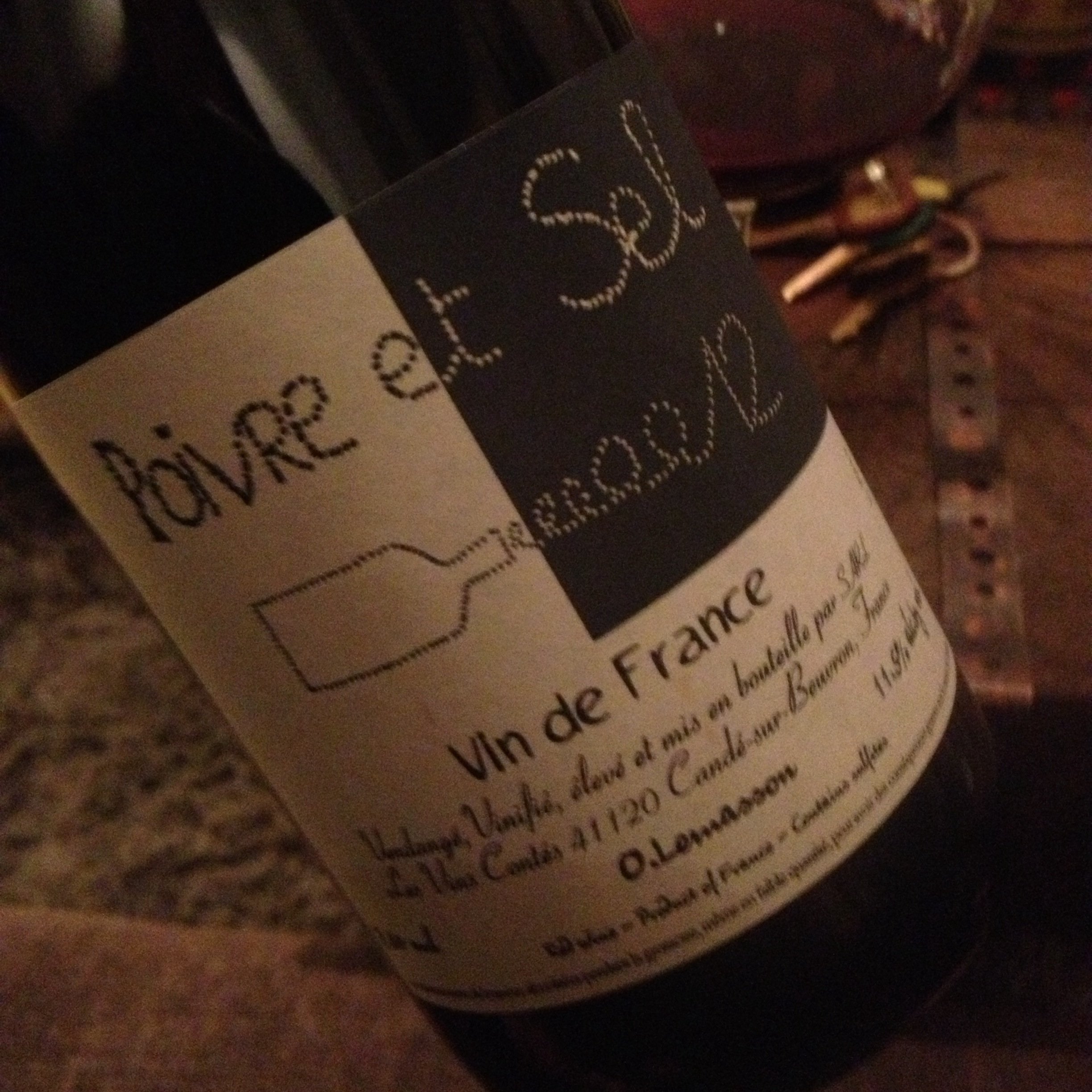Which Came First: The Red or The Chill?
/California Chianti beat the natural wine scene to chilling red wine en masse by about 30 years, it seems
I’ll go on and assume that not everyone has seen Ru Paul’s Drag Race, and therefore, has not heard her famous refrain, “We’re all born naked and the rest is drag.” Whether you have or have not, please do not judge me for the gaff I am about to commit: I am going to apply it to wine.
It wouldn’t be right to wax on about (er, mention) Loire Valley Pineau d’Aunis and not show a personal favorite (and my increasing irrelevance in natural wine). Olivier Lemasson and his wines will be missed
It’s 2021, and on wine lists everywhere and on the tips of the tongues of the wine swirling youth is the term ‘chilled red’. These light-bodied and low tannin reds are the wines previously know as; ‘vins de soif’, ‘chuggable/smashable/juicy [or insert any adjective conveying frivolity and inebriation] reds’, or, ‘glou glou wines’. The style of wine is not new, but with each passing of the torch from the incumbent group of elder natural wine scenesters to the next generation, a new moniker arises for them.
No matter the wine; whether it is pale red, low tannin, and brimming with fruit or if it tastes a little like the rosé your grandmother ‘quaffed’ in the 90’s; it’s a ‘chilled red’. Regardless if its made of white grapes, red grapes, not fermented on skins or made with carbonic maceration; it’s a ‘chilled red’. The category is vast and the wines varied. But a common trait has kept them bound and that is their proclivity for coming alive after their internal temperature plunges. Served just below cellar temperature can put the wines into focus and create structure and definition.
Though the the term ‘chilled red’ does appropriately conjure up an image of red wine in a glass with beads of condensation and being drunk in a Summery locale, what does the name actually intone? Let’s think of it this way: What makes a red ‘chilled’? It most certainly doesn’t happen at the winery. None of these wines are any more inherently chilled than anyone one of us is clothed. Chilled is the wines pre-imbibing condition, not it’s nature. By using temperature in the style descriptor, the emphasis flips from the wine itself to the service of it.
Reinterpreting style to incorporate serving instructions is not inherently bad. It does, ultimately, give a pretty fair indicator to the final drinker that you are about to drink a cold glass of red wine - not everyone’s base assumption- which makes it a useful tool for a restaurant list. The problem lies in the limited nuance it allows the wines as a family grouping name. It casts them as innately counter-culture by virtue of alienating expectation; reducing them from a 'delicate Loire Valley Pineau d’Aunis' or a ‘carbonic Gamay from Beaujolais’ to, well, a chilled red. And yes, this is true of any wine category; but do any others limit their inclusion to their serving conditions? Defining something as chilled presupposes character.
What I mean to say, is that this rant could have been kept to a single paragraph. And that paragraph would have plead the case of these light reds; from the rosé lookalikes to the cool climate beauties; from the peppery and austere to those teeming with sunshine and fruit. Chilling may imbue these wines with the structure they lack and focus the fruit, but it does not define them.
So, to these newly minted ‘chilled reds’ I say: May your idiosyncrasies shine, your personality flourish, and your flavour be celebrated. After all, you’re all made red, the rest is chilling.
Written by your aging neighborhood natural wine (former) scenester












